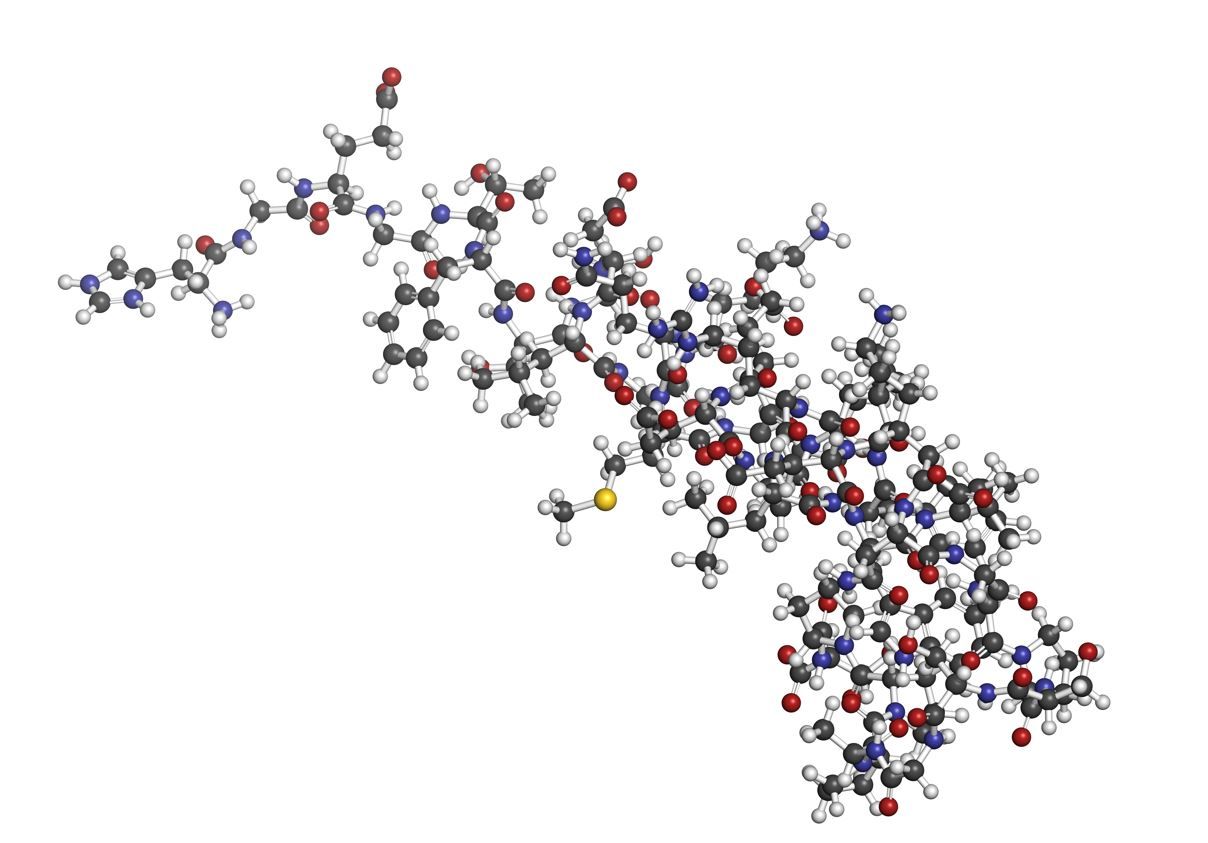GLP-1 Agonists Reduce Risk of Cirrhosis, HCC in Adults with MASLD and T2D
DDW 24. New research shows patients with MASLD and T2D who used GLP-1 agonists had a reduced risk of progression to cirrhosis and HCC vs non-users.

Patients with metabolic dysfunction-associated steatotic liver disease (MASLD) and type 2 diabetes (T2D) who used glucagon-like peptide-1 (GLP-1) agonists had a reduced risk of progression to cirrhosis and hepatocellular carcinoma (HCC) compared to non-users, according to new data.1
Findings are from a retrospective cohort study presented during Digestive Disease Week (DDW) 2024, May 18-21, 2024, in Washington, DC.
“We know that MASLD and diabetes increase the risk of cirrhosis and HCC. Growing evidence suggests that GLP-1 receptor agonists have a beneficial effect on liver inflammation, but whether that leads to improved outcomes is unknown,” presenting author Fasiha Kanwal, MD, MSHS, professor, section chief of gastroenterology, Baylor College of Medicine, Houston, Texas, said in a DDW press release. “This study shows that GLP-1 receptor agonists may actually reduce the risk of liver outcomes in patients with MASLD.”2
To assess whether GLP-1 agonists prevent progression of cirrhosis and HCC, Kanwal and colleagues identified all adults with T2D and comorbid MASLD who sought care at 129 hospitals in the US Veterans Affairs health care system. Each patient who initiated GLP-1 agonist treatment (users) was matched with up to 50 patients who did not receive GLP-1 agonists (non-users) from the same cohort. The date of first prescription was used as the index date for follow-up, according to the study abstract.1
For the primary analysis, researchers excluded patients with prevalent cirrhosis, which was defined for the purpose of the study as a FIB-4 score >2.67 or based on ICD-10 codes, or HCC any time before or 6 months after index date. To balance potential confounders such as income, disability, and demographics, they applied propensity score weighting. The main outcome was the time from the index date to cirrhosis or HCC, whichever occurred first.1
Investigators performed a separate analysis among participants who had progressed to cirrhosis at the time of GLP-1 agonist use. Matched non-users were participants who had cirrhosis by matched index date, and the main outcome was time to HCC, according to the abstract.1
In both analyses, cause-specific Cox proportional hazards models were used to examine the causal effect of GLP-1 agonist use.1
Findings
A total of 23 670 patients with T2D and MASLD using GLP-1 agonists were identified, along with 169 646 matched non-users, and followed for a median of 20 months. Among the patients who used GLP-1 agonists, 70% were on semaglutide, 13% were on liraglutide, and 17% used both.1
Results showed that GLP-1 agonist users had a lower annual incidence of cirrhosis or HCC (0.82%) than non-users (2.3%) (adjusted HR [aHR] 0.29, 95% CI 0.26-0.32).1
Also, participants who used GLP-1 agonists had a reduced risk of HCC compared to non-users (annual incidence 0.02% vs 0.05%, aHR 0.36, 95% CI 0.17-0.76).1
In the secondary analysis of participants with cirrhosis, investigators did not observe a statistically significant difference in the risk of HCC between GLP-1 agonist users (n=3706) and non-users (n=25 763; annual incidence 0.35% vs 0.52%; aHR 0.68, 95% CI 0.43-1.09).1
Kanwal noted in the press release that the prevalence of MASLD is expected to significantly increase in coming decades, making it crucial to expand management beyond specialists.
“With the increasing prevalence of MASLD and the advent of new non-invasive diagnostics, the management of MASLD must expand beyond the hepatologist to gastroenterologists, endocrinologists and primary care providers,” Kanwal stated. “Having therapies that these specialties are already comfortable with that address not only cardiometabolic risk but also liver-related outcomes could simplify the management of these patients.”2
References:
- Kanwal F, Kramer JR, Li L et al. Association of glucagon-like peptide-1 agonists with cirrhosis and hepatocellular cancer in metabolic dysfunction associated steatotic liver disease (MASLD). Presented at: Digestive Disease Week; May 18-21, 2024; Washington DC.
- GLP-1 agonists show promise in treating patients with MASLD and diabetes. News release. American Gastroenterological Association. May 19, 2024. Accessed May 20, 2024. https://news.ddw.org/news/glp-1-agonists-show-promise-in-treating-patients-with-masld-and-diabetes/